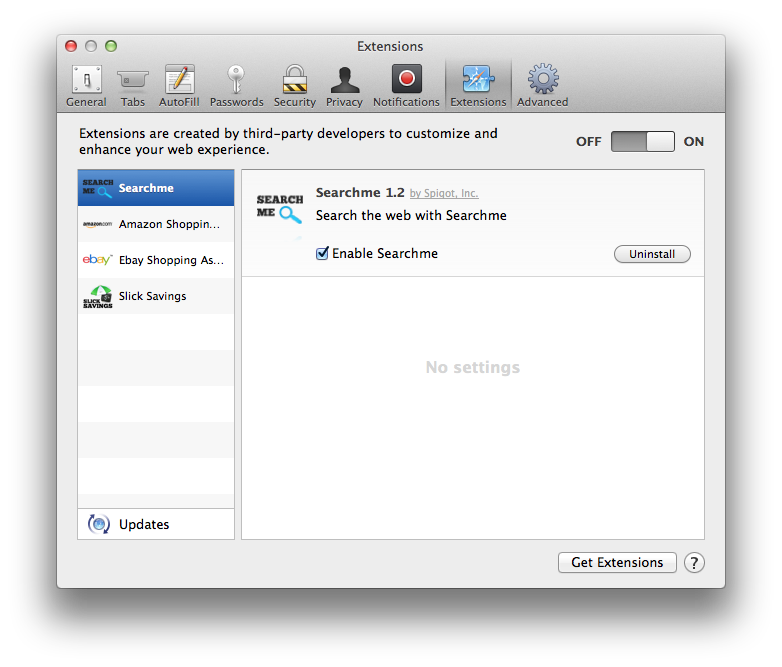

If your Mac or PC has malware, they may show symptoms such as: No matter which type of device you have, it’s important to be aware of the threat of malware. Although PCs are more commonly known for attracting this vulnerability, Macs can be just as susceptible. Be sure to exercise caution online and be wary of clicking any unfamiliar links or emails. Oftentimes these infection attempts will try to instill a sense of urgency to install software or download a file containing a hidden virus. Sometimes it can be as simple as visiting a malicious website or clicking a fake link in an email scam. So how does malware infect a computer? There are plenty of ways to fall victim to a malware infection.

How Your Devices Become Infected With Malware This is why being able to recognize the symptoms of an infected device is vital to protecting your personally identifiable information and fending off identity theft. Malware can find its way onto your devices - both PCs and Macs are vulnerable - in several ways, potentially exposing your social security numbers, debit and credit card information, login information, bank account data and more. No matter what form it takes, malware aims to profit from your misfortune, either by stealing your personal information and selling it on the dark web or by encrypting your data, locking you out until you pay a ransom to regain access. Malware (short for malicious software) can manifest in various forms: spyware, legitimate programs bundled with viruses, backdoors, worms, adware, ransomware, trojans and more.
HOW TO REMOVE MALWARE FROM MAC SAFARI YOUTUBE I HOW TO
We created a guide that explains exactly how to rid your Mac or PC of malware. Malware removal can seem daunting after your device is infected with a virus, but with a careful and rapid response, removing a virus or malware program can be easier than you think.


 0 kommentar(er)
0 kommentar(er)
